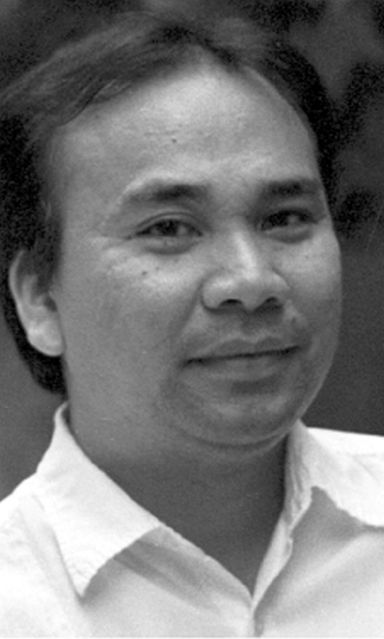
BERSALES
Fort San Pedro turned 452 years old last May 8, but I think Cebuanos remembered more the Mandaue fiesta, which also always falls on that same day.
Fewer still remember or know that a total of 74 watchtowers or baluartes, small versions of the fort, were constructed in Cebu during the latter half of the Spanish period or that — surprise! — Kawit once had a baluarte complete with cannons that were still extant even in the 1980s right before the South Reclamation Project began.
All these watchtowers were intended to check the comings and goings of pirates from Mindanao.
Back then, they were officially called by their Spanish names, baluarte (bulwark) or bastion.
But locals would call them bantay and bantayan sa hari, king’s keep or watch, a direct reference to the fact that these were constructed by order of and probably with the financial support of the Spanish crown.
In Cebu, the construction of most of them may have been due to the decree dated October 11, 1825 by the Alcalde Mayor Don Manuel Romero, who commanded the twelve existing towns at the time to defend themselves by building these two-story watchtowers along strategic points of theirs coastal barrios or visitas.
In the order, Romero specifically mentions the successful defense net of baluartes built in Southeastern Cebu by the long-serving Augustinian missionary of Boljoon, Fray Julian Bermejo, OSA, most of which survive to this day. Due to the exigencies of the moment — the massive decimation of coastal town populations by Moro slave raiders — Bermejo became a military tactician bar none and even created a Christian army of sorts ready to go to battle in the seas.
Today, only 22 of these 74 baluartes remain.
The most visible and easiest to spot among them are those in front of the Dalaguete Church and plaza (the only one incidentally which carries a date 1796); the large and appropriately named “Gran Baluarte” that now serves as a belfry of Boljoon Church; one each at the heritage parks of Alegria, Aloguinsan and Oslob; another one off the Malabuyoc church, soon to be turned into a museum dedicated to these baluartes; and a sprinkling of them dotting the coasts from Alcoy all the way to Oslob. (There are six other defensive structures which are properly called forts, including Fort San Pedro, still extant in Cebu, Oslob, Bantayan, Santa Fe, Catmon and Madridejos, but these are not the one I am referring to and will be the subject of another article.)
My good friend, the heritage advocate and superb cultural mapping trainer, Ruel Rigor, personally investigated the five or so remaining watchtowers in Argao recently.
Their sad state of affairs, mostly ruins and mere lumps of lime mortar, and their locations in private properties, reflect the difficulties facing their preservation.
There are 13 more of these in Oslob, the town with the largest number of baluartes; and their current state requires serious attention: one, partially in ruins, is preserved at the heritage park while all the others are inside private properties including one inside a fort-like structure in Daanlungsod owned by the Roman Catholic Church.
In the north, where only a handful of watchtowers were constructed since only three towns (Danao, Sogod and Bantayan) existed at the time there, only that of Catmondaan in Catmon, which sits inside another fort-like enclosure, is relatively well preserved, surviving the October 15, 2013 earthquake unscathed.
One might ask what happened to these watchtowers right after the last Moro pirates raids (in Cebu, the last reported sighting was in 1851 if I remember correctly). These towers, at least those that were lined up along the coastal points, continued to be used as “telegrafos opticos” or optical telegraph using flags in much the same as the ones designed by Bermejo atop Ilihan Hill.
Optical telegraphy with the use of spyglasses (one on each side of the line of watchtowers) was first invented in the late 1790 by Claude Chappe in Paris and proved quite successful, sending numerical and alphabetical characters along a line of towers.
The success of his first line of test made possible the realization of a complete network of optical telegraphy in France that reached about 5,000 km.
What may have caused the death and physical decline of these baluartes was not just the end of the Moro raids but also the introduction of the Morse Code and electric telegraphy, which did away with the use of these towers as communication done by wires or cables along telegraph posts beside roads and highways.
As we celebrate the 452nd anniversary of Fort San Pedro, the first Spanish defensive structure ever built in the Philippines, let us remember that once these baluartes and the fort played an important part in the growth of towns.
The word “baluarte” may mean a family’s political domain today, but let us never forget its original meaning and how it helped Cebu and Cebuanos avoid eternal slavery.
Disclaimer: The comments uploaded on this site do not necessarily represent or reflect the views of management and owner of Cebudailynews. We reserve the right to exclude comments that we deem to be inconsistent with our editorial standards.
